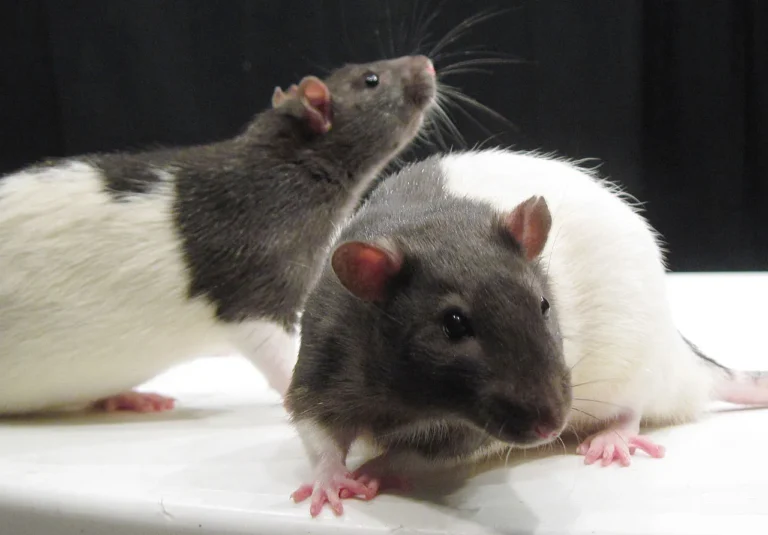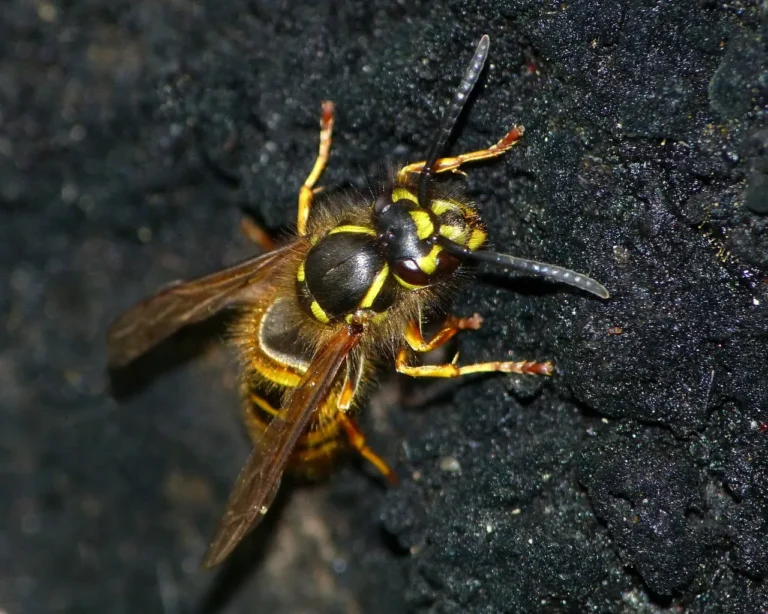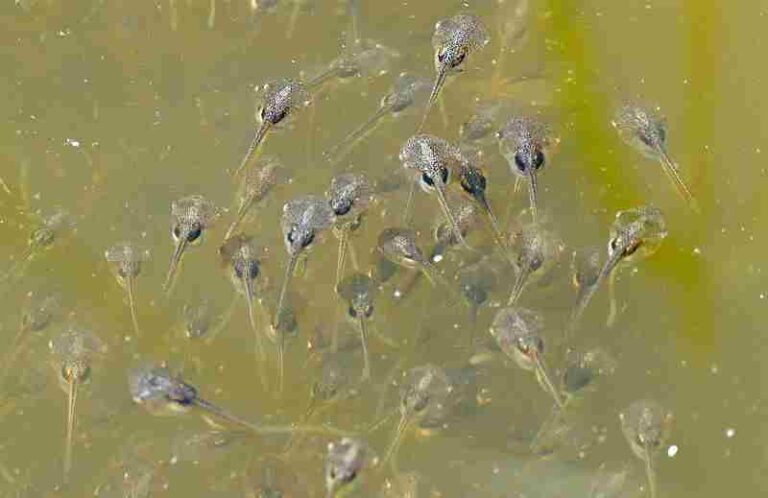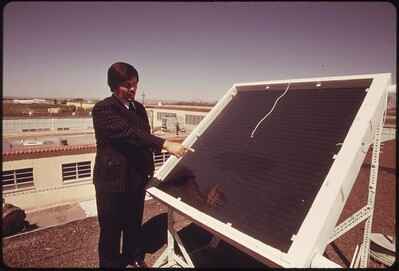7 Types of Environmental Pollution and Characteristics Explained
Types of environmental pollution are; air, water, land/soil, light, thermal, noise, and visual/aesthetic pollution.
This article discusses the types of environmental pollution, as follows;
1). Air Pollution (as one of the Types of Environmental Pollution)
Air pollution is a type of environmental pollution which leads to a decrease in air quality.
It is one of the most severe types of environmental pollution, due to its tendency to spread rapidly across a given area.
Air pollution is often difficult to contain or manage, and affects both indoor and outdoor environments.
The air pollutants themselves may be physical, chemical, or biological in their origin. While several are gaseous, there are some which occur in the liquid and solid phases, as suspended materials in air.
Common examples of air pollutants are; nitrous oxide, ground-level ozone, sulfuric oxide, carbon monoxide, and particulate matter [4].
It is also not uncommon for other types of pollution to result in air pollution. For example, an oil spill can produce air pollutants through the vaporization of volatile components [8].
When released, these pollutants alter the natural atmospheric composition of the ecosystem, resulting first in contamination, then in pollution (with increase in pollutant concentration).
Air pollution is a multifaceted concept, and can lead to water pollution as pollutants are washed down by precipitation. An example of this is acid rain, which typically results from the transport of sulfuric and nitrous oxide pollutants into water bodies as solutes in rainwater [2].
It is important to point out that air pollution intersects with other forms of environmental degradation like climate change, global warming, desertification and deforestation, both as a direct cause, effect, and facilitator.
Air pollutants like nitrous oxide are also greenhouse gases, and their release affects not only air quality, but the climate as well.
Although all regions are susceptible to air pollution, the risk is significantly higher in urban areas. This is due to the concentration of industries, transport systems, and power plants in urban areas.
The consequences of air pollution include serious respiratory health problems and cancer, among others [6].

2). Water Pollution
Water pollution is what occurs when significant amounts of unwanted or toxic materials are introduced into water bodies.
Like air pollution, the pollutants that cause water pollution may be physical, chemical, or biological. Also, water pollution is susceptible to rapid-spread, due to the mobility of water as a transport medium for pollutants.
All types of water bodies are at risk of being polluted. These include seas, rivers, ponds, groundwater reserves, lakes, artificial reservoirs, and stormwater that has accumulated due to flooding.
The processes that can lead to water pollution are highly variable, and could involve other hazardous events. For example, oil spill, which is a form of water pollution, may involve explosion and fire outbreak.
Stormwater pollution is a variant form of water pollution that is propagated by stormwater runoff.
Examples of water pollutants include hydrocarbons, pathogens, sediments, heavy metals, sewage, municipal solid waste, and agricultural chemicals like fertilizers, herbicides and pesticides [1].
It is possible to identify close ties between water pollution and other types of environmental pollution.
Air pollution, for example, can lead to water pollution through processes like condensation, precipitation, dissolution, and runoff.
Volatile pollutants in water may escape as vapor into the atmosphere, thereby causing air pollution.
Soil pollution can lead to water pollution through leaching and pollutant-transport, as can be seen in agricultural lands where excessive fertilizer is used [7].
The risk of water pollution is highest in areas with water bodies situated close to electricity generation stations, manufacturing and processing facilities, and waste management infrastructure.
The effects of water pollution are numerous, including habitat loss, resource depletion, energy waste, and spread of waterborne diseases.
Mitigating this type of pollution is possible through water conservation, erosion/flood control, and energy conservation.

3). Land/Soil Pollution (as one of the Types of Environmental Pollution)
Land pollution is simply the deposition of significant amounts of harmful or unwanted materials on the Earth’s surface.
While it is very synonymous with soil pollution, land pollution does not always involve significant degradation of soil. The two concepts are only discussed simultaneously because of their close similarity in terms of situational factors.
Soil pollutants include physical, chemical and biological materials, which are usually in either solid or liquid state. Examples of these materials include; hydrocarbon, heavy metals, municipal solid waste, organic waste (biomass), industrial chemicals, agricultural fertilizer, pesticides, herbicides, heavy metals, and leachate.
Land/soil pollution commonly occurs in the context of human activities, such as in electricity generation, industrial manufacturing, and waste management.
The geographic scope of this type of pollution is vast, ranging from the surface to the subsurface, and even to water bodies.
Infiltration of soil pollutants can result in groundwater pollution, and could pose serious health risks [10]. Other water bodies including floods may also become as a result of soil pollution.
Controlling or reversing land/soil pollution is possible through soil conservation, which could be in the context of sustainable farming or landscape management; as well as through environmental remediation measures like bioremediation.

4). Light Pollution
As the name implies, light pollution is the presence of excessive, inappropriate, intrusive, fluctuating, or unwanted light in a given area [11].
It is also known as ‘photo pollution’, and is commonly caused by artificial lighting units or systems.
Light pollution indicates energy wastage, which is a potential cause of other types of pollution like air pollution (through release of byproducts of fuel combustion in the effort to generate electricity).
Sources of light that causes this problem may include street lamps, interior and exterior lighting, and security lights.
Aside indicating energy waste, light pollution is an indication of industrialization and urbanization in a given area.
Addressing this problem requires proper urban planning and adherence to some principles of sustainability like energy conservation and energy efficiency, in the use of artificial lights.
5). Thermal Pollution (as one of the Types of Environmental Pollution)
Thermal pollution usually occurs in the form of discharge of high-temperature materials into the environment.
In most cases, these materials are released into water bodies like lakes, seas and rivers, leading to a decrease in water quality.
Sources of effluents that cause thermal pollution include nuclear power plants and manufacturing or processing facilities [9]. While it is more common for this type of pollution to affect water bodies, it could also affect soil.
In water, thermal pollution tends to have drastic effects on the aquatic ecosystem. An example is the decrease in dissolved oxygen due to thermal pollution [3]. This can reduce the chances of survival of most aquatic organisms, which rely on dissolved oxygen for their respiration.
From a broader perspective, thermal pollution may be described as any significant, sudden change in environmental temperature that is induced by human activities. The environmental impact of this type of pollution stems from its ability to alter physicochemical conditions in a given medium.
6). Noise Pollution
Noise pollution is simply the intrusion of excessively-high or unwanted acoustic waves into an area.
Also known as ‘sound pollution’, this problem can affect both humans and animals adversely.
Noise pollution can reduce the productivity of ecosystems by forcing organisms to adopt sedentary habits for fear of danger. It can also reduce human productivity, and may lead to health problems like increased stress, anxiety, and arterial hypertension [5].
Causes of noise pollution include vehicular traffic, electric generators, and industrial machines.
7). Visual/Aesthetic Pollution (as one of the Types of Environmental Pollution)
Visual or aesthetic pollution has to do with the presence of objects that alter the view, or appearance of a place or area.
It can be described using any of various terms, including aesthetic irregularity, unpleasant visual conditions, and unfavorable appearance.
The presence of objects arranged in such a manner that creates an untidy view, is the main cause of this type of pollution.
Visual pollution can intersect with other types of pollution. Land pollution, water pollution and air pollution, for example; can each create an eyesore, or an unpleasant aesthetic aspect in any given area.
Urban areas are more susceptible to visual pollution due to the presence of numerous large buildings, water dams, bridges, and landfills. Wind turbines can cause visual pollution in remote or rural areas.

Conclusion
Types of environmental pollution are;
1. Air Pollution
2. Water Pollution
3. Land/Soil Pollution
4. Light Pollution
5. Thermal Pollution
6. Noise Pollution
7. Visual/Aesthetic Pollution
References
1). Agoro, M. A.; Adeniji, A. O.; Adefisoye, M. A.; Okoh, O. O. (2020). “Heavy Metals in Wastewater and Sewage Sludge from Selected Municipal Treatment Plants in Eastern Cape Province, South Africa.” Water 12(2746):2746. Available at: https://doi.org/10.3390/w12102746. (Accessed 27 October 2022).
2). Fatima, F. (2021). “A review on acid rain: An environmental threat.” Available at: https://doi.org/10.19045/bspab.2021.100032. (Accessed 27 October 2022).
3). Mahmood, N. S.; Mohammad, T. A. (2021). “Simulation of Thermal Pollution at Tigris River due to Al- Dora Power Plant.” Journal of Physics Conference Series 1973(1):012245. Available at: https://doi.org/10.1088/1742-6596/1973/1/012245. (Accessed 27 October 2022).
4). Manisalidis, I.; Stavropoulou, E.; Stavropoulos, A.; Bezirtzoglou, E. (2020). “Environmental and Health Impacts of Air Pollution: A Review.” Front. Public Health. Available at: https://doi.org/10.3389/fpubh.2020.00014. (Accessed 27 October 2022).
5). Münzel, T.; Sørensen, M.; Schmidt, F.; Schmidt, E.; Steven, S.; Kröller-Schön, S.; Daiber, A. (2018). “The Adverse Effects of Environmental Noise Exposure on Oxidative Stress and Cardiovascular Risk.” Available at: https://doi.org/10.1089/ars.2017.7118. (Accessed 27 October 2022).
6). Perez-Padilla, R.; Schilmann, A.; Riojas-Rodriguez, H. (2010). “Respiratory health effects of indoor air pollution.” The International Journal of Tuberculosis and Lung Disease 14(9):1079-86. (Accessed 27 October 2022).
7). Savci, S. (2012). “An Agricultural Pollutant: Chemical Fertilizer.” International Journal of Environmental Science and Development 3(1). Available at: https://doi.org/10.7763/IJESD.2012.V3.191. (Accessed 27 October 2022).
8). Shon, Z.; Song, S. (2010). “Impact of oil spill from ship on air quality around coastal regions of Korea.” Available at: https://www.researchgate.net/publication/234214379_Impact_of_oil_spill_from_ship_on_air_quality_around_coastal_regions_of_Korea. (Accessed 27 October 2022).
9). Teixeira, T. P.; Neves, L. M.; Araújo, F. G. (2012). “Thermal impact of a nuclear power plant in a coastal area in Southeastern Brazil: Effects of heating and physical structure on benthic cover and fish communities.” Hydrobiologia 684(1). Available at: https://doi.org/10.1007/s10750-011-0980-1. (Accessed 27 October 2022).
10). Weiss, P.; LeFevre, G. H.; Gulliver, J. S. (2008). “Contamination of Soil and Groundwater Due to Stormwater Infiltration Practices A Literature Review.” Available at: https://www.semanticscholar.org/paper/Contamination-of-Soil-and-Groundwater-Due-to-A-Weiss-Lefèvre/a008cdca00db53f77a9648bf4ce559f4f30e5356. (Accessed 27 October 2022).
11). Zielinska-Dabkowska, K. M.; Xavia, K.; Bobkowska, K. (2020). “Assessment of Citizens’ Actions against Light Pollution with Guidelines for Future Initiatives.” Sustainability 12(12):4997. Available at: https://doi.org/10.3390/su12124997. (Accessed 27 October 2022).





